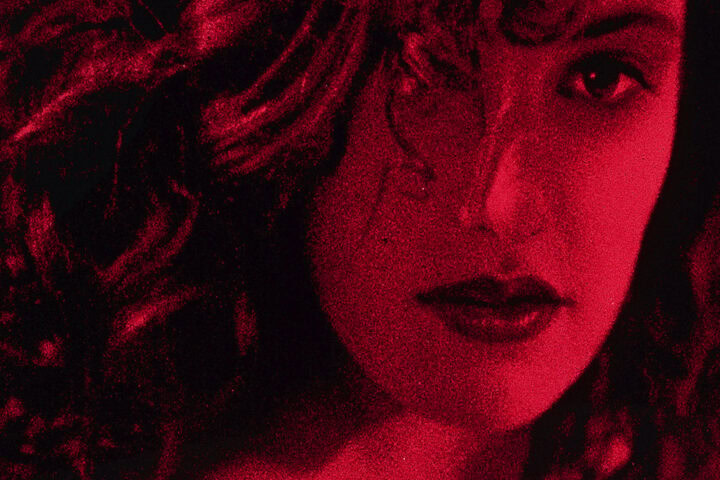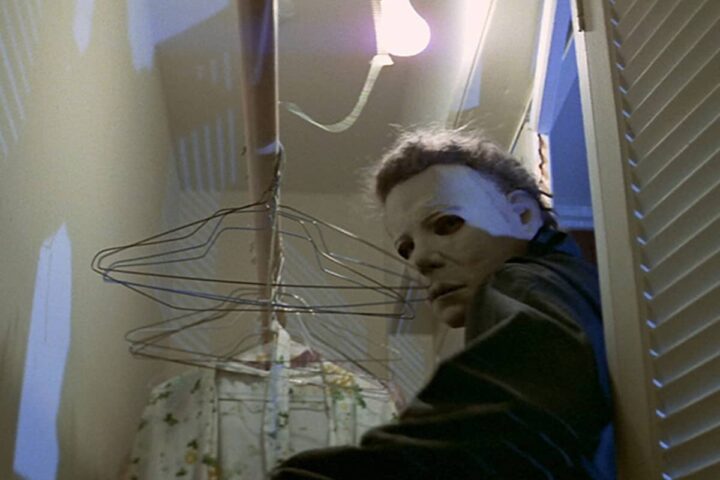When Tobe Hooper passed away in 2017, the majority of the press coverage focused on him as the man behind The Texas Chain Saw Massacre and Poltergeist. Little was said about his other work, which includes a documentary on Peter, Paul and Mary, an experimental film about the ’60s counterculture called Eggshells, several made-for-TV movies, numerous TV episodes, and his influential music video for Billy Idol’s “Dancing with Myself.”
Now comes American Twilight: The Cinema of Tobe Hooper, newly published in paperback by the University of Texas Press, to remedy that oversight. Nearly every work in Hooper’s oeuvre is covered at some length by one of the essays in this volume.
Because this is an academic publication, there’s a certain amount of technical jargon to contend with. Luckily for readers, editors Kristopher Woofter and Will Dodson have endeavored to keep things eminently readable. And whenever the jargon does show up, it’s always kept firmly grounded by specific details of the film or show under discussion. A lot of the time in cinema studies books, when particular psychological or sociological theories are being propounded, it starts to feel like a film is merely raw meat being run through the theoretical grinder, but fortunately such is not the case here.
Quite a few of these essays are essentially works of rehabilitation, encouraging readers to reconsider often neglected or maligned works in Hooper’s oeuvre—or, in the case of Joan Hawkins’s lucid essay on Poltergeist, hopefully dispelling once and for all the peskily persistent rumor that producer Steven Spielberg “secretly” directed the film. One of the standouts when it comes to this act of recuperation is Ian Olney’s essay on the three films (Lifeforce, Invaders from Mars, and The Texas Chainsaw Massacre 2) that Hooper made for the supposedly disreputable Cannon Films in the late 1980s. Not only does Olney make a claim for their value as films, he also cogently argues the fact that they perpetuate the sort of satire and social commentary that were more apparent on the surface of Hooper’s earlier films.
Some of these essays track a theme or motif across several films, such as Woofter’s piece on depictions of disillusioned youth in The Funhouse, Invaders from Mars, and Mortuary, or John Paul Taylor’s essay on abjection and identity in Hooper’s ’90s TV and video productions. Others limit themselves to a close reading of one film, like Nina K. Martin’s treatment of Hooper’s oddball remake of The Toolbox Murders and its exploration of L.A.’s occult history, or Tony Williams’s compelling reading of the Salem’s Lot miniseries as a “Gothic Peyton Place” that’s as much interested in a town’s sordid underbelly as it is in the trappings of the vampire film.
Reading American Twilight’s fascinating essays encourages you not only to forge new thematic connections within one of Hooper’s works but also between them. Hooper assuredly deserves the designation of “auteur,” whatever that much embattled word may be worth these days, and these essays offer a convincing case for the filmmaker’s continuing importance to the horror genre and beyond. If this volume sends you back to Hooper’s films, whether to reappraise or only to reacquaint, it’s more than accomplished what it set out to achieve.
American Twilight: The Cinema of Tobe Hooper is now available on paperback.
Since 2001, we've brought you uncompromising, candid takes on the world of film, music, television, video games, theater, and more. Independently owned and operated publications like Slant have been hit hard in recent years, but we’re committed to keeping our content free and accessible—meaning no paywalls or fees.
If you like what we do, please consider subscribing to our Patreon or making a donation.


